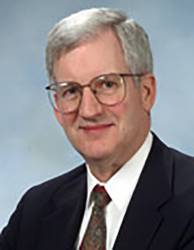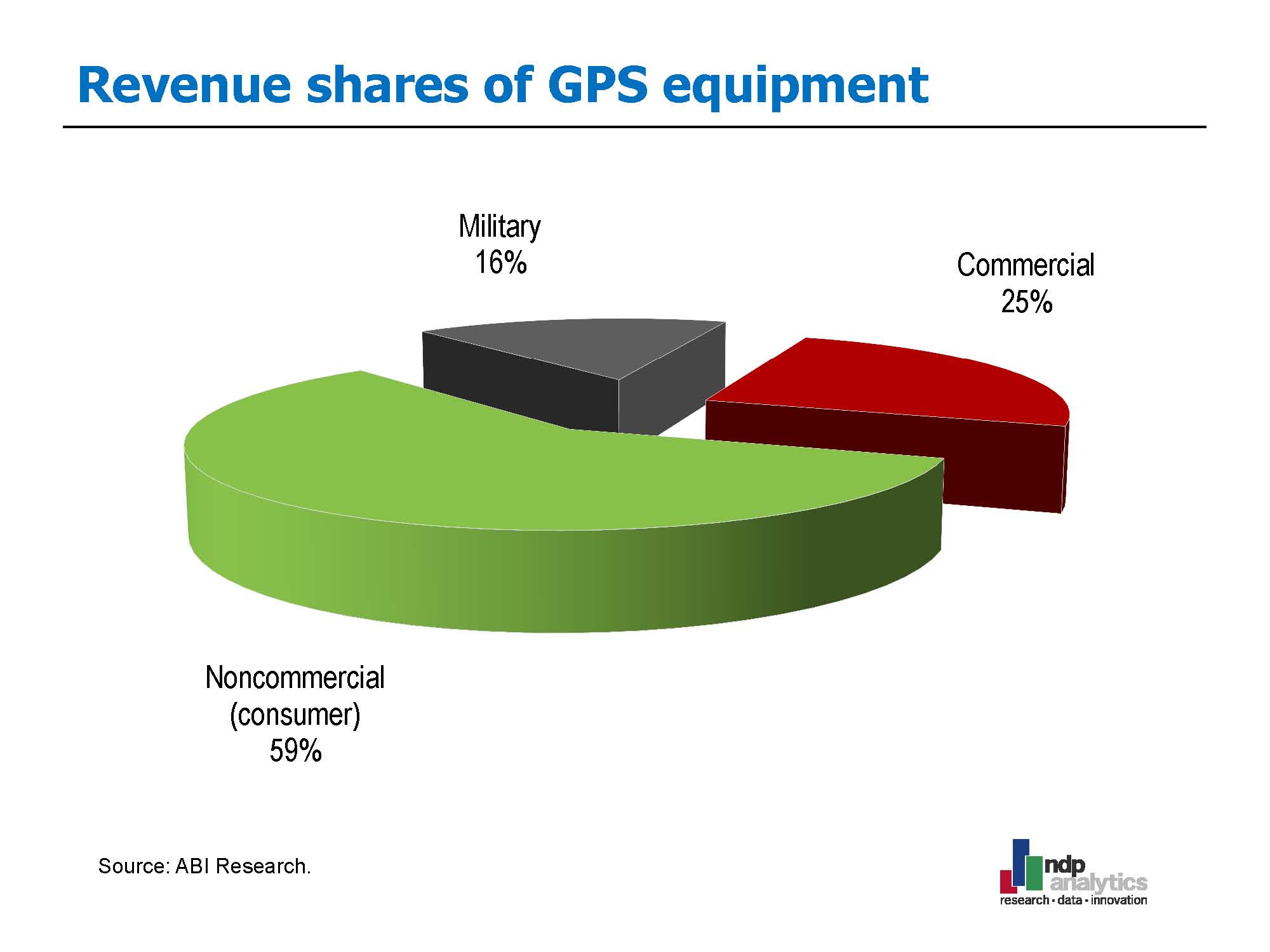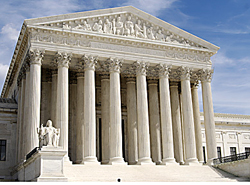
The long-running, high stakes battle between the GPS community and Ligado Networks may enter a new phase next month when the firm presents to the nation’s leading GPS experts its plan to develop a combined terrestrial/satellite network using its spectrum neighboring the GPS band.
The long-running, high stakes battle between the GPS community and Ligado Networks may enter a new phase next month when the firm presents to the nation’s leading GPS experts its plan to develop a combined terrestrial/satellite network using its spectrum neighboring the GPS band.
Inside GNSS has confirmed that Ligado will speak November 15 before the National Space-Based Positioning, Navigation, and Timing (PNT) Advisory Board at its next meeting in Redondo Beach, California. If it can win them over it would be a turning point for the company, which had to file bankruptcy in its previous incarnation as LightSquared and then revise its plans in an effort to ease interference.
Convincing the board, however, will not be easy. It issued a strong letter after its June meeting that appeared to target Ligado’s new approach without actually citing the firm by name. "Extensive government testing in 2011 and in 2016," the letter said, "clearly shows that both proposals cause definitive harmful interference to many classes of GPS receivers."
The brouhaha over the summer appears to have caught the attention of a number of experts and at least one a key telecommunications association, who have since weighed in.
In a September technical report on GPS vulnerabilities, the Alliance for Telecommunications Industry Solutions (ATIS) urged caution and testing before allowing the use of bands adjacent to GPS for stronger communications signals.
The organization, which is a standards-setting body, described in the report the impact on telecommunications operations if the timing signals from GPS were interfered with or degraded.
"Because of the extreme value of bandwidth for communications systems, there is great interest in using spectrum near GPS signals for signals that are significantly stronger," the report says. "Such signals can interfere with certain GPS receivers that do not have the filters necessary to reject these adjacent-band transmissions."
While antennas robust against this type of interference may exist today, the authors wrote, "the lifecycle of a typical GPS antenna installation supporting communications sector infrastructure is long" and there may be antennas already installed in existing infrastructure that are vulnerable to such interference. "The telecommunications industry supports efforts to maximize the bandwidth available for wireless services, but it cannot support these efforts at the expense of degrading existing network operations, in particular the dependence on GPS or GNSS timing for system operations. As industries propose the use of bands for wireless data adjacent to approved GNSS, results of testing must be considered to show that proposed transmissions do not interfere with required timing performance."
The ATIS Synchronization (SYNC) Committee recommended open testing that is geared specifically to precision timing receivers and that the results of the tests be taken into account in deciding adjacent band signal transmissions. Test plans and raw data should be made available for review, they said.
As it happens, Ligado Networks is a member of ATIS. Other members, according to the ATIS website, include Intel, which is working on the sort of Internet of Things capability needed to enable drones and other autonomous technology like driverless cars that Ligado now hopes to support.
“Our plan is focused on offering a new kind of service specifically tailored for the industrial sector," said a company spokesperson, "not consumer broadband. We know there are critical industries like commercial transportation and energy that are hungry for customized, secure and reliable connectivity, and the way to meet that critical need is to combine the best that satellite and terrestrial have to offer into one network.”
Thomas Hazlett, a professor of economics at Clemson, took issue with the technical aspects of the debate in an October 1 commentary in the Wall Street Journal, saying the issue is more political than technical.
"Various interests, from commercial airlines to the Pentagon, complained that freeing up the L Band could cause interference with Global Positioning System devices, since they are tuned to adjacent frequencies," Hazlett said. "Yet cheap remedies — such as a gradual roll-out of new services while existing networks improved reception with better radio chips — were available. In reality, the costliest spectrum conflicts emanate from overprotecting old services at the expense of the new."
Years after Ligado’s initial proposal and a revision of its plan, regulatory impediments continue to block progress, he wrote. "To use radio spectrum, parties must stay in their lanes. Ligado, to enter the market, seeks to control spillovers. Three major GPS makers — Deere, Garmin and Trimble — reached “co-existence agreements” with Ligado when it agreed to reduce its emission levels. But thousands of parties use the GPS band, which has no owner or band manager, and complaints can be raised by virtually anyone. Fending them off has become a game of Whac-A-Mole. Even if the reality is that new services deliver vastly improved mobile broadband at little risk to existing radios, regulators are frozen."
"This familiar impasse in the political spectrum begs for correction," Hazlett said.
George S. Ford, the chief economist at the Phoenix Center for Advanced Legal & Economic Public Policy Studies agreed to the need for more spectrum but said the technical problems are real and to fail to address them undermines the investment already made by GPS users.
"The issue is really quite simple," Ford wrote Oct 16 for Bloomberg’s Bureau of National Affairs. "Under existing rules, Ligado is required to deal with incumbents to settle interference disputes. And, Ligado must deal with all of them, not a select few."
"Private and publicly-funded studies demonstrated significant interference problems, resulting in a 2011 FCC decision to block the earlier plans of Ligado, sending its predecessor into bankruptcy, said Ford. "Subsequently, Ligado has granted some concessions to several larger GPS players, but numerous objections from the GPS and aviation communities, among others, remain. Interference studies continue to show significant interference problems resulting from Ligado’s current proposal."
"If Ligado can repurpose its spectrum while holding incumbents harmless," Ford said, "then good for them. They will have served both the American consumer and their investors well. But Ligado’s neighbors — many of whom have invested billions in infrastructure to provide service to their customers — have the right to continue operating free from harmful interference, no matter how much Ligado’s investors stand to gain from the FCC reclassifying this spectrum with a stroke of a pen. The ‘public interest’ is not defined by Ligado’s investors alone."
Tim Farrar, an expert on the business of satellite communications with TMF Associates, suggested in an October 16 blog post that the Advisory Board meeting was an opportunity for Ligado to address the technical issues head on and turn its future around — but that it is instead taking the more risky political path.
"Ligado has been claiming to investors that it has Transportation Secretary Elaine Chao onside and she will overrule the concerns of the DoT engineers, as well as suggesting that the nominee for NTIA Administrator David Redl is a firm supporter of freeing up this spectrum," he wrote. "Nevertheless, last time around LightSquared’s political backers ran for cover at the first sign of trouble and there are other voices in government, such as Scott Pace at the National Space Council, who have taken a very different position in the past."
The Advisory Board, he noted, is unlikely to be swayed by verbal or technical sleight-of-hand.
"The PNT Advisory Board meeting is full of technical experts who will undoubtedly be able to pick apart Ligado’s assertions (as stated to the FCC in June 2017) that a ‘consensus of industry and scientific opinion’ backs Ligado’s proposal," he said.
The possibility is there, however, he said, to take a new and potentially more successful path.
"Ironically enough, I think there could be viable technical solutions to most of these problems," Farrar said, "such as Ligado offering to buy back or repair all affected GPS receivers, which would be cheap compared to the more than $500M of interest that the company is accruing each year on its outstanding debt."





